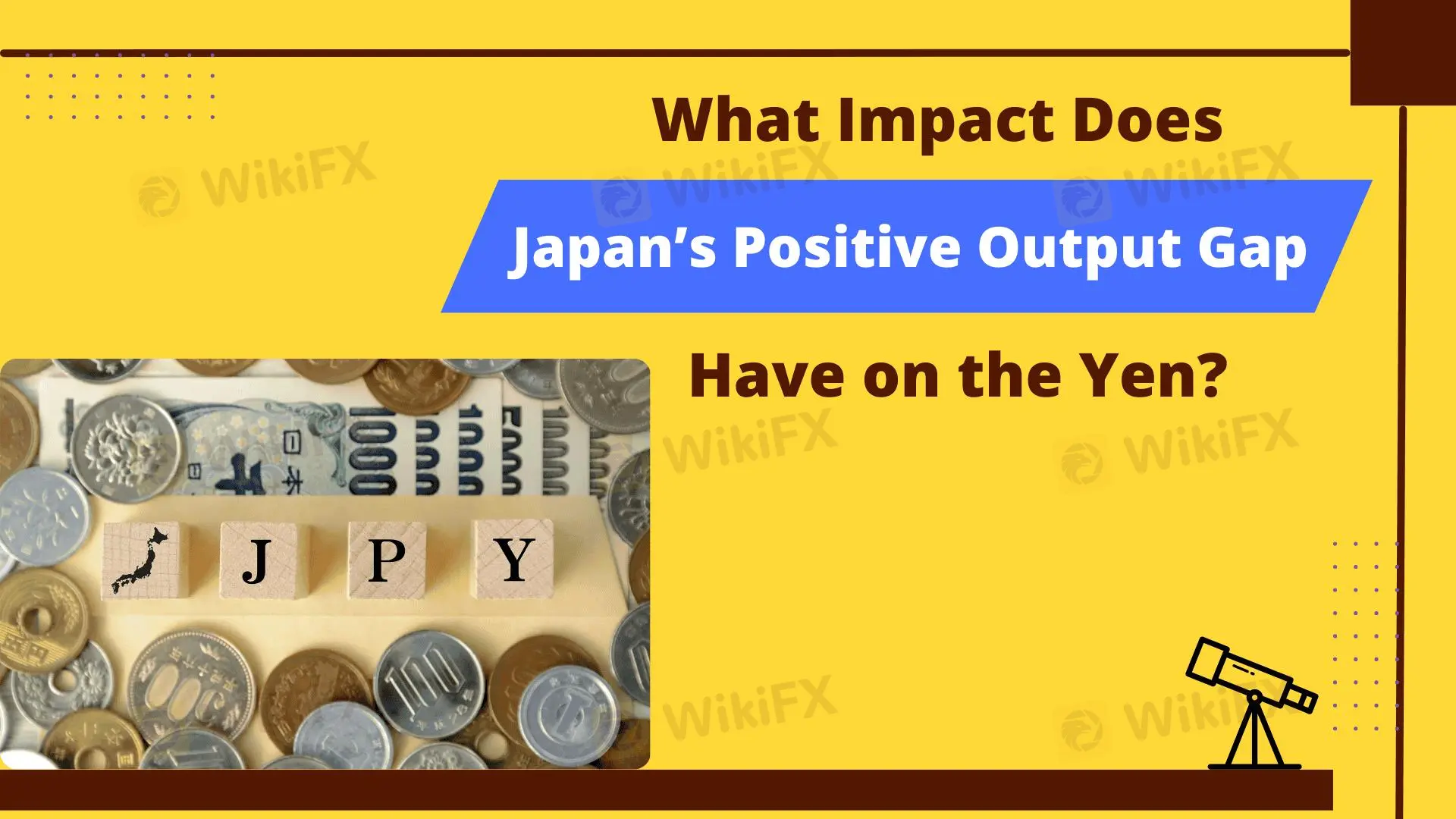简体中文
繁體中文
English
Pусский
日本語
ภาษาไทย
Tiếng Việt
Bahasa Indonesia
Español
हिन्दी
Filippiiniläinen
Français
Deutsch
Português
Türkçe
한국어
العربية
What Impact Does Japan’s Positive Output Gap Have on the Yen?
Sommario:The Japanese government has announced that, due to a tight labor market, the country’s economic output is expected to return to full capacity in the next fiscal year for the first time in seven years.

Recently, the Japanese government stated that, driven by a tight labor market, Japans economic output is projected to recover to full capacity in the next fiscal year. This marks the first positive output gap in seven years, suggesting that the Japanese economy may be gradually recovering from the impacts of the pandemic.
According to estimates from the Cabinet Office, Japan‘s output gap—the difference between actual output and potential output—could reach +0.4% in the fiscal year starting in April 2024. A positive output gap indicates that actual output has surpassed the economy’s full potential capacity, typically signaling strong demand. However, the Cabinet Office also highlighted that labor shortages could pose a significant constraint on economic supply. Japan‘s labor force currently stands at around 69 million, and insufficient labor supply could pressure sustained economic expansion. Additionally, Japan’s overall Consumer Price Index (CPI) is expected to slow from 2.5% this year to 2% in the next fiscal year, indicating that inflationary pressures may stabilize.
Future Trends and the Impact on the Yen
The positive output gap reflects a revival in Japan‘s economic demand, but labor shortages could create supply-side bottlenecks. The return to a positive output gap, associated with economic recovery, may boost market confidence in Japan’s economy. This metric is also a key indicator for the Bank of Japan (BOJ) in assessing whether the economy has sufficient momentum to sustain inflation. As a result, if the Japanese economy continues to improve, markets may anticipate the BOJ gradually scaling back its monetary easing policy or even entering a rate hike cycle.
In terms of the yen‘s trajectory, this news could provide short-term support. A positive output gap and a tight labor market might drive increased demand for the yen, particularly in the USD/JPY currency pair, potentially leading to yen appreciation. However, over the long term, the yen’s movement will depend on the BOJs specific policy actions. If the central bank maintains its accommodative stance to support economic recovery, the scope for yen appreciation could be limited.
Disclaimer:
Le opinioni di questo articolo rappresentano solo le opinioni personali dell’autore e non costituiscono consulenza in materia di investimenti per questa piattaforma. La piattaforma non garantisce l’accuratezza, la completezza e la tempestività delle informazioni relative all’articolo, né è responsabile delle perdite causate dall’uso o dall’affidamento delle informazioni relative all’articolo.
WikiFX Trader
GO MARKETS
XM
VT Markets
Tickmill
STARTRADER
EC Markets
GO MARKETS
XM
VT Markets
Tickmill
STARTRADER
EC Markets
WikiFX Trader
GO MARKETS
XM
VT Markets
Tickmill
STARTRADER
EC Markets
GO MARKETS
XM
VT Markets
Tickmill
STARTRADER
EC Markets
Rate Calc






